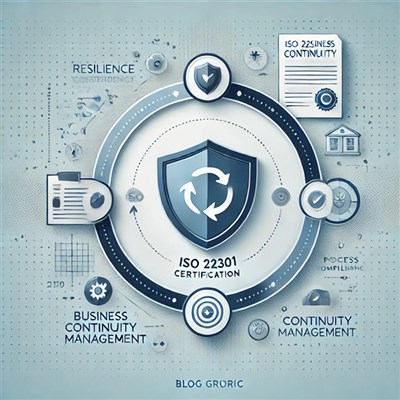
In the ever-evolving business world, procurement has emerged as a critical function that significantly contributes to a company's success. With increasing complexity and risk in supply chains, modern procurement strategies have shifted from mere buying to a more strategic function. This article explores the modern procurement best practices that every business must know.
The Importance of Modern Procurement
With the advent of globalization and digital transformation, the procurement landscape has changed dramatically. Businesses are now faced with new challenges such as volatile markets, compliance issues, and supply chain disruptions. This has underscored the need for effective procurement practices that can navigate these complexities. According to a report by Gartner, companies with robust procurement strategies achieve 133% greater return on investment than those without.Top Modern Procurement Best Practices
Here are the top five modern procurement best practices:1. Digital Transformation: Embracing digital technologies is pivotal in modern procurement. Digital tools can streamline procurement processes, enhance visibility, and improve decision-making. A study by The Hackett Group found that companies that leverage digital technologies can reduce procurement costs by up to 45%.
2. Strategic Supplier Relationships: Building strategic relationships with suppliers can lead to cost savings, improved quality, and better service. This involves regular communication, collaborative problem-solving, and long-term contracts.
3. Risk Management: Effective risk management is essential in procurement. This includes identifying potential risks, assessing their impact, and developing mitigation strategies.
4. Sustainable Procurement: Sustainable procurement involves considering the environmental, social, and economic impact of procurement decisions. This can enhance a company's reputation, reduce costs, and increase profitability.
5. Continuous Improvement: Continuous improvement involves regularly reviewing and improving procurement processes. This can lead to efficiency gains, cost savings, and improved supplier performance.







COMMENT